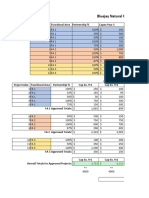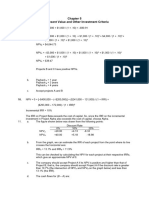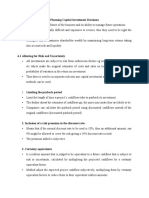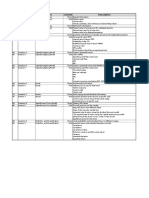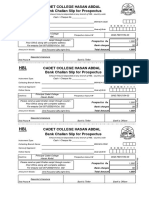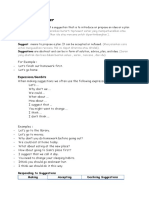0% found this document useful (0 votes)
89 views16 pagesExercise NPV
Bluejay Natural Gas is evaluating multiple project proposals with associated capital expenditures over three years, aiming to manage a budget of $10 billion and a yearly cap of $4 billion. The document details financial projections including adjusted capital expenditures based on partnership percentages, overall approved totals, and return on investment metrics for each project. The company is under pressure to balance project approvals while adhering to budget constraints and ensuring that each functional area has at least one project approved.
Uploaded by
hoang.khongthanhCopyright
© © All Rights Reserved
We take content rights seriously. If you suspect this is your content, claim it here.
Available Formats
Download as XLSX, PDF, TXT or read online on Scribd
0% found this document useful (0 votes)
89 views16 pagesExercise NPV
Bluejay Natural Gas is evaluating multiple project proposals with associated capital expenditures over three years, aiming to manage a budget of $10 billion and a yearly cap of $4 billion. The document details financial projections including adjusted capital expenditures based on partnership percentages, overall approved totals, and return on investment metrics for each project. The company is under pressure to balance project approvals while adhering to budget constraints and ensuring that each functional area has at least one project approved.
Uploaded by
hoang.khongthanhCopyright
© © All Rights Reserved
We take content rights seriously. If you suspect this is your content, claim it here.
Available Formats
Download as XLSX, PDF, TXT or read online on Scribd
/ 16











